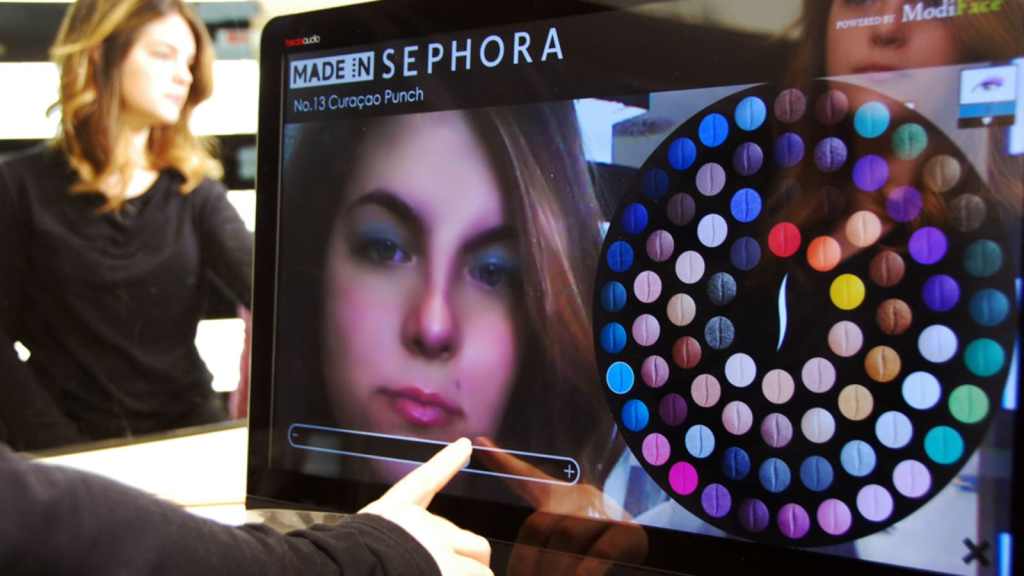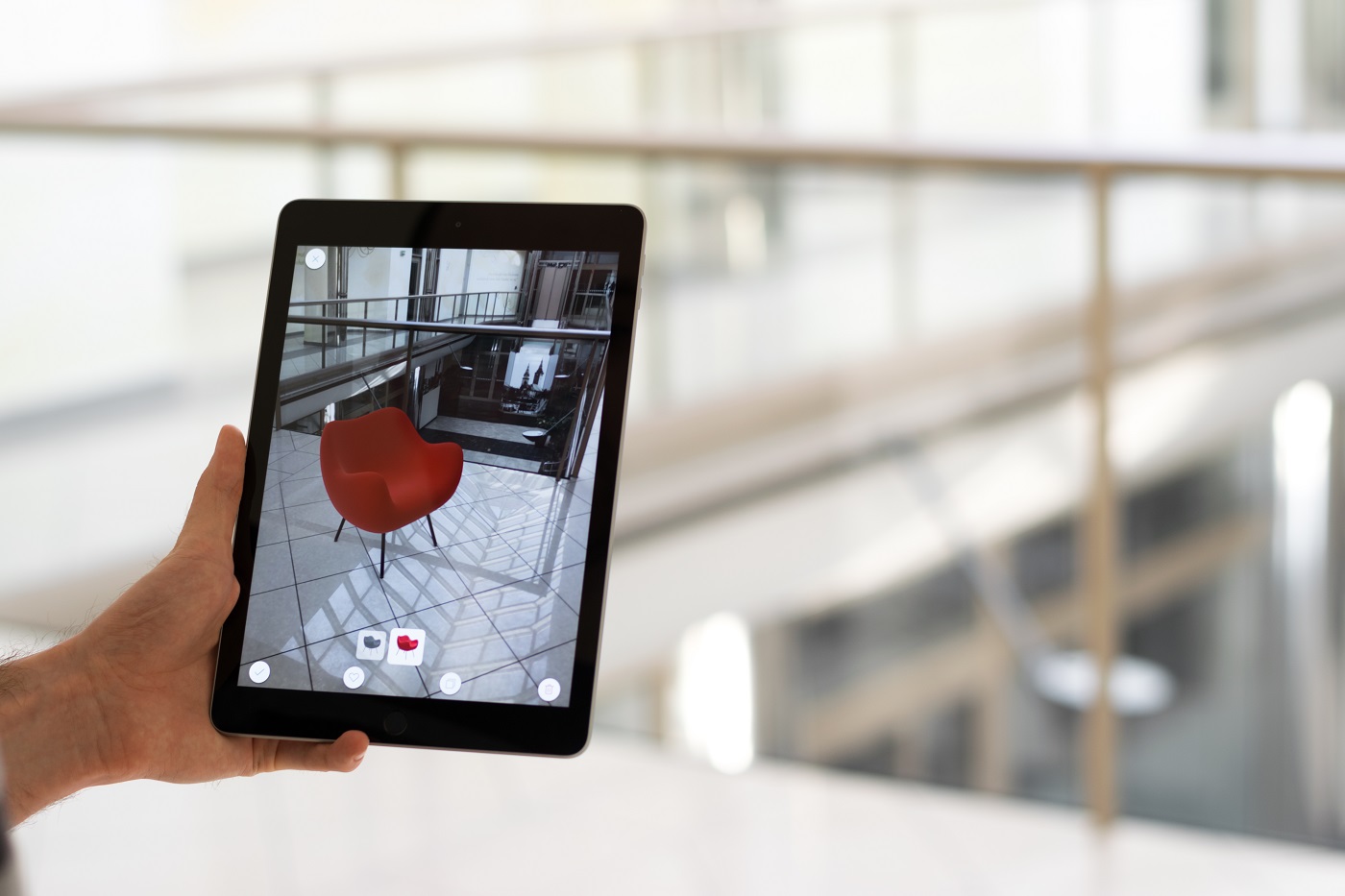As someone who loves shopping, there’s something about the experience of going to a store and being able to touch and try on the products that you see. Sadly due to the current ongoing pandemic, such experiences will have to be put on hold… or do they?
With technology constantly evolving in our world, it shouldn’t come as much of a surprise that experiences like physically shopping in stores can soon be replicated from the comfort of your home. Augmented reality technology has come a long way, offering new opportunities for customers to get the full retail experience on an online platform.
Augmented Reality (AR), is essentially an interactive of a real-world environment where the objects reside in the real world are enhanced by computer-generated perceptual information, sometimes across multiple sensory modalities, including visual, auditory, haptic, somatosensory and olfactory.
It is currently estimated that approximately 4.5 billion people around the world are connected to the internet giving a wide audience and many opportunities for AR technology to expand to. Statista currently forecasts that the market size will grow exponentially from 3.5 billion in 2017 to 198 billion in the year 2025 (USD).

With all that said, how exactly can AR be implemented into the ecommerce field?
Over the recent years, AR technology has developed platforms which allow the users to preview products and experience services that one would normally receive in a physical store. More importantly, for many people half the joy of shopping is the experience of being able to try different products and looks. With the implementation of AR technology, the fun of sampling and trying on products can be experienced simply through the internet anytime, anywhere.
In 2016, eBay and Myer launched the first ever virtual reality department store, Sight Search, which gave the world a small taste of what the future of retail and shopping could be. The platform allowed customers to view and purchase over 12,500 products from myer, with product information being updated in real time. The platform required a ‘shoptical’ headset which would allow them to experience a virtual version of Myer’s store, and allowed them to experience the feeling of shopping in a physical store without having to actually go to one.

Since then, many brands have also adopted AR technology into their own business and online retail platforms. One such brand is Sephora, in which their AR mirror allows their customers to be able to try on their makeup and beauty products and see which products suit them and which do not. On top of the convenience of being able to try on the different products, customers no longer have to apply and reapply the different products in order to see how the products suit them as the products are all virtual images, adding another advantage to the use of AR technology.
Ikea has also implemented AR into their online platform through their app named Place. Customers now have the option to place virtual furniture in their own homes or offices through the use of their smartphone camera, allowing their customers the freedom to customise and envision how different furniture pieces will look in their home.
Although only a few examples of brands implementing AR technology were discussed, it is obvious that AR is definitely making an impact on the ecommerce market. In a time where our retail experiences are restricted, AR technology gives us a replication of, even elevate, the shopping experience. Although retailers are restricted to online platforms, they are still able to maintain the experience that is so important to the customer’s journey with the brand.
Do you think AR technology will become the future of retail shopping? Why or why not? Let me know your thoughts down in the comments below 🙂

I think AR will play a part in retail shopping within the next few years but it’s definitely going to take some time for people to adapt to the technology and it also depends on what the store is selling. If consumers are shopping for perfume for example, they may want to be able to smell them before deciding which scent suits them. Interesting read btw!
LikeLike
Thank you! I totally agree with you, people seem to still be quite unfamiliar with AR technology. Perhaps people might begin to invest more of their time into AR technology during this period of self isolation. Very good point on the perfume example 🙂
LikeLike